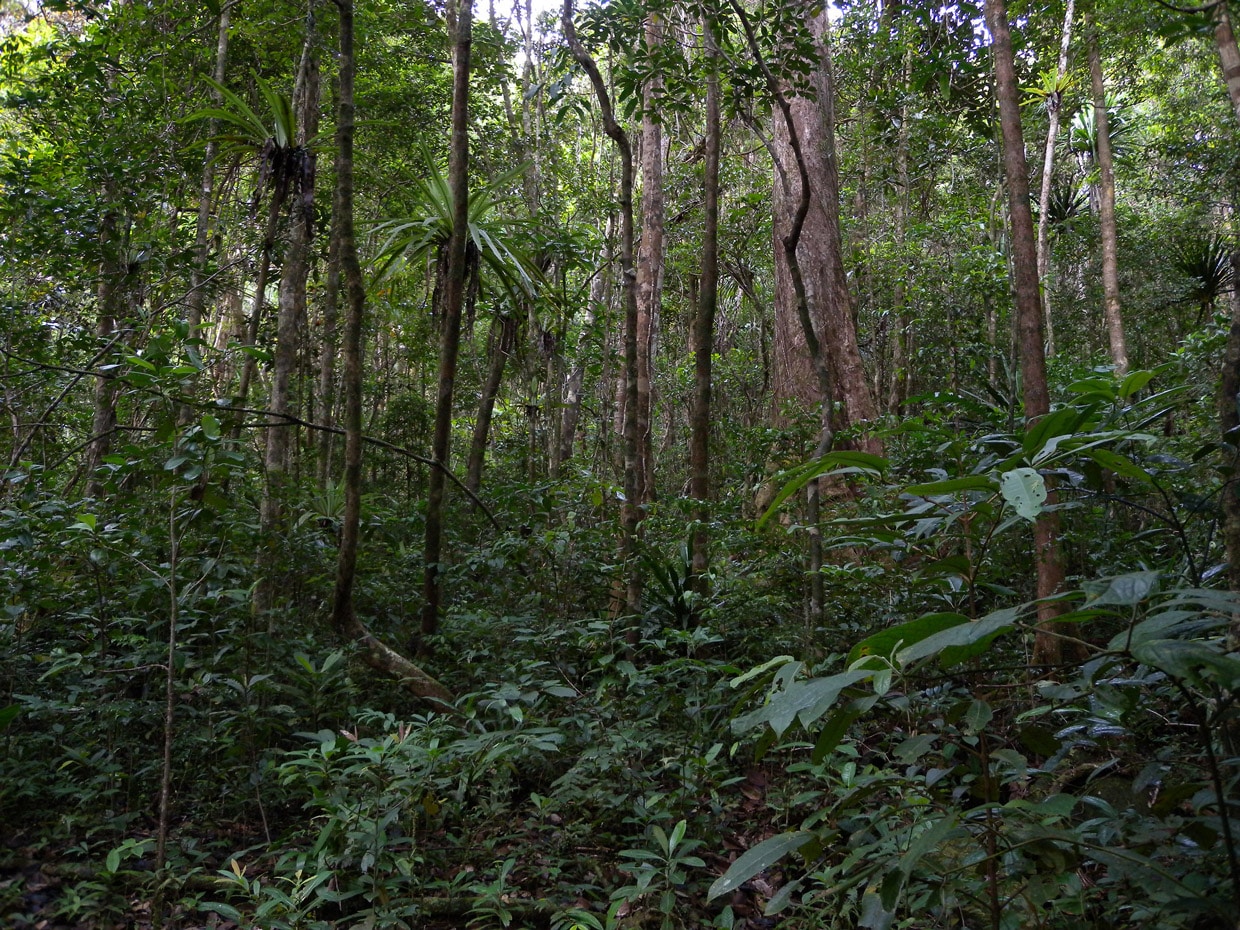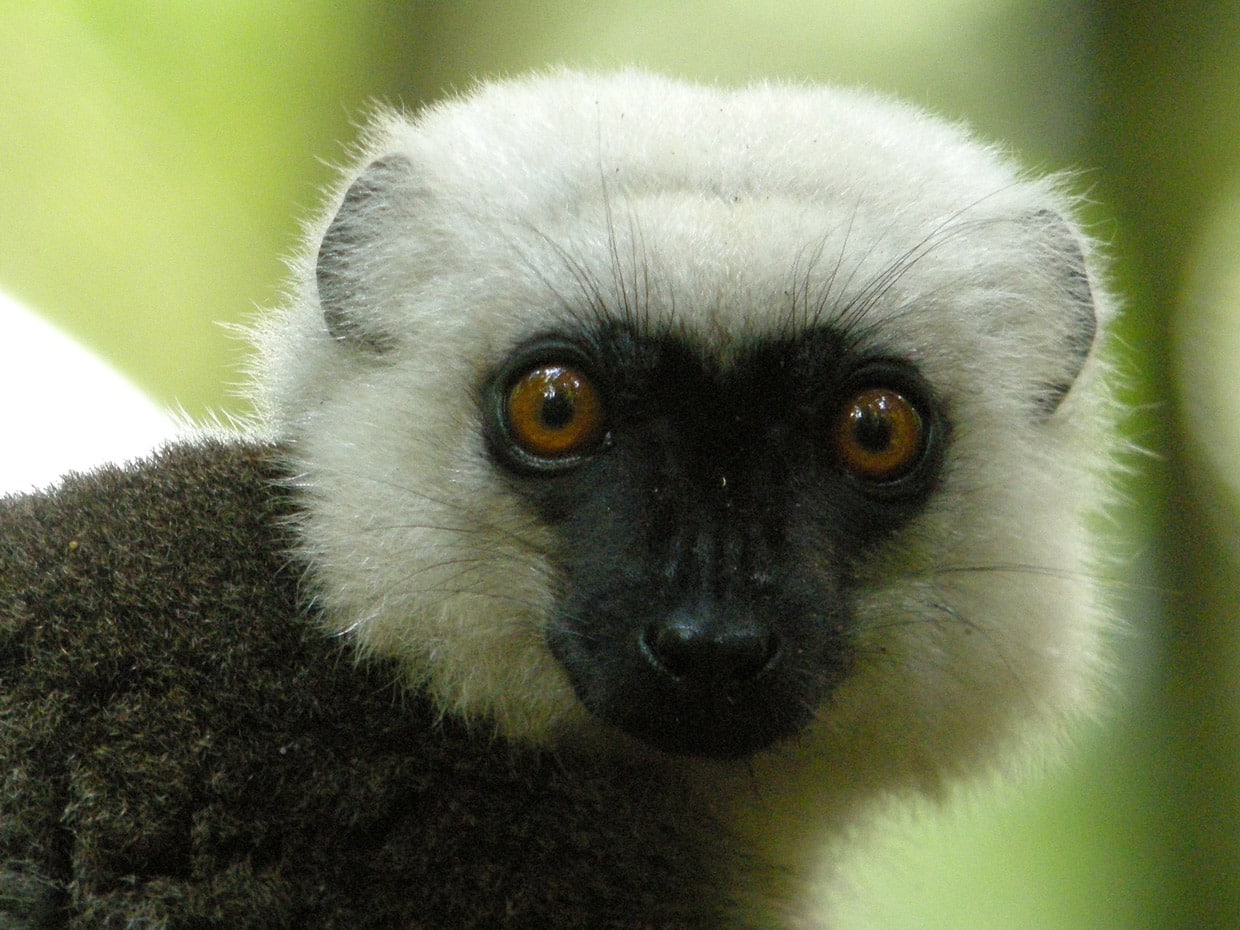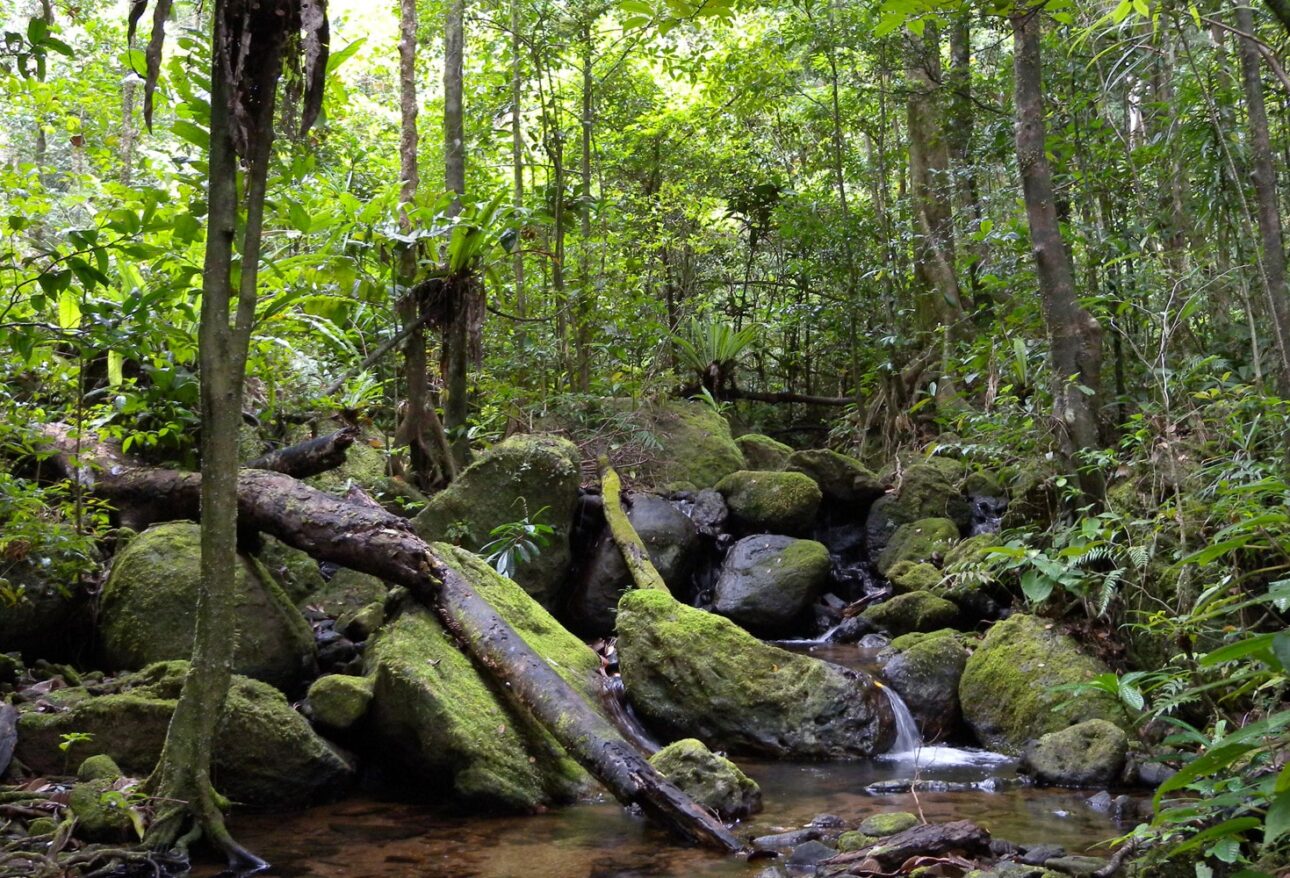Professional travelers seek out unique destinations where they can experience something unique. Here we will discover an outstanding national park, which is now a fabulous place for nature lovers.
Madagascar’s Masoala National Park and nearby Nosy Mangabe Island Reserve are among the country’s least-visited national parks despite containing a wealth of biodiversity. This part of the land seems to be a forgotten paradise in Madagascar, as other spots nearby are also incredible and outstanding.
Traveling to national parks has been around since people realized great opportunities in remote areas deep in the woods and nature. Hopefully, the tourism industry responded to these new trends in travel, and here we can enjoy one of the fascinating tourist destinations in the world just by checking the flights and available tours. (Photo by Frank Vassen via Flickr)
About Masoala National Park
The Masoala National Park and its offshore island reserve Nosy Mangabe contain Madagascar’s greatest diversity of plants, animals, and flora, but surprisingly, they are among its least visited protected areas. This gives the visitors the chance to discover a highly significant part of the planet far from the crowds.
A wide variety of habitats can be found here, including coastal forests and coastal flooded forest marshes, which collectively offer fascinating glimpses at the island’s natural wonders.
Where is Masoala National Park?
The Masoala National Park is situated on a peninsula named Masoala. There is a tiny coastal village located at the northern end part of Antongil Bay. Locals call it “Maroantsetra”.
Maroantsetra (about 700 km) is best reached by plane from Antananarivo and also from Toamasina (Tamatave), though there is another option to take the only road. Note that it is very difficult to drive, and sometimes you can not pass it for a couple of weeks.
Masoala National Park can be reached directly across the sea from Maroantsetra by boat (two- to three-hour drive) or from Maroantsetra by land. With not a good experience of driving. That’s why we do not suggest reaching the park by land.

Weather in Masoala National Park
Masoala National Park receives over 7000 mm of rainfall each month, making it one of the wettest regions of Madagascar. Because the entire region is located so close to the equator, this national park also enjoys a tropical climate that’s hot and humid. Its abundant biodiversity and lush flora are partly due to the constant humidity in Masoala National Park, but both make traveling here a great deal if you are not a fan of hot temperature.
Here you can take a look at the table of weather and precipitation in Masoala:
. Here you will find information about Masoala’s average temperature and when it rains and snows most often. Using an average monthly climate will help you plan ahead. The data used in this table is based on 30 years of historical weather data.
[wpsm_colortable color=”main-color”]
| Jan | Feb | Mar | Apr | May | Jun | Jul | Aug | Sep | Oct | Nov | Dec |
|---|---|---|---|---|---|---|---|---|---|---|---|
| 30 °C | 30 °C | 30 °C | 29 °C | 27 °C | 26 °C | 25 °C | 25 °C | 25 °C | 27 °C | 29 °C | 30 °C |
| 107
mm |
87
mm |
116
mm |
82
mm |
38
mm |
43
mm |
42
mm |
37
mm |
28
mm |
22
mm |
26
mm |
62
mm |
[/wpsm_colortable]

Flora and Fiona
A multitude of endemic species is still waiting to be discovered in Masoala. More than half of all known endemic species of Madagascar live in this national park, making it one of the most outstanding green parts on the planet. There’s nowhere like it in the world; never try to compare.
There are 20 kinds of freshwater fish, approximately 100 kinds of corals, and from July to September, humpback whales, dolphins, and even dugongs and turtles can be seen by lucky travelers. Snorkelers and divers will make an unforgettable memory for the rest of their lives due to the fascinating facilities for these water sports.
In the countryside, nature lovers are fascinated by the magnificent rainforest with its more than 60 species of reptiles and amphibians, ten kinds of lemurs, 15 kinds of mammals, and about 90 kinds of birds.
There is a chance to witness amazing red-ruffed lemurs jumping overhead, tiny leaf chameleons – such as the colorful Brookesia Vadoni – playing with each other to own the leaves and be happy.
Sadly, the Aye-Aye, of which only a few individuals remain, can no longer be seen in Masoala National Park because night walks are banned. The sad part is they are considered the highlight of the Masoala National Park. Aye-Aye is a type of long-fingered lemur originally from Madagascar.
You’ll be amazed by the stunning variety of rare animals and plants in Masoala National Park, no matter where you go, whether you stand, swim, or dive. If you’re looking for the unique destination of your dream journey, you’ll find it here. Whenever you look around, you will find yourself surrounded by many types of plants and creatures.

Stay in Masoala National Park
Not a lot of accommodation services are available in this national park, but we found one of the places very popular with visitors who have been there before. That only option is Masoala Forest Lodge.
Masoala Forest Lodge
In a pristine rainforest and coral-rich sea, this secluded lodge is only reachable on foot or by sea. This eco-friendly lodge highlights the benefits of sustainable tourism by providing employment, handicrafts, and patronizing local schools while raising money for the community by offering palm-thatched tree-houses elevated on stilted platforms.
Guests can enjoy forest and beach activities and yoga retreats at the lodge. Expert guides are available for forest and beach activities. Located on stilts, the treehouses offer magnificent views and a sense of being immersed in nature in this exceptional setting. Those looking to relax in the forest will probably find Masoala Forest Lodge a suitable retreat.





